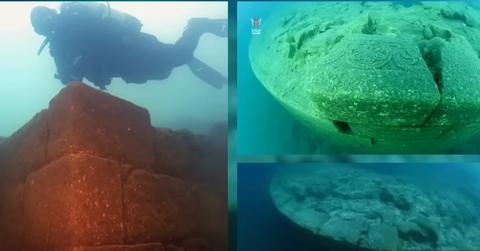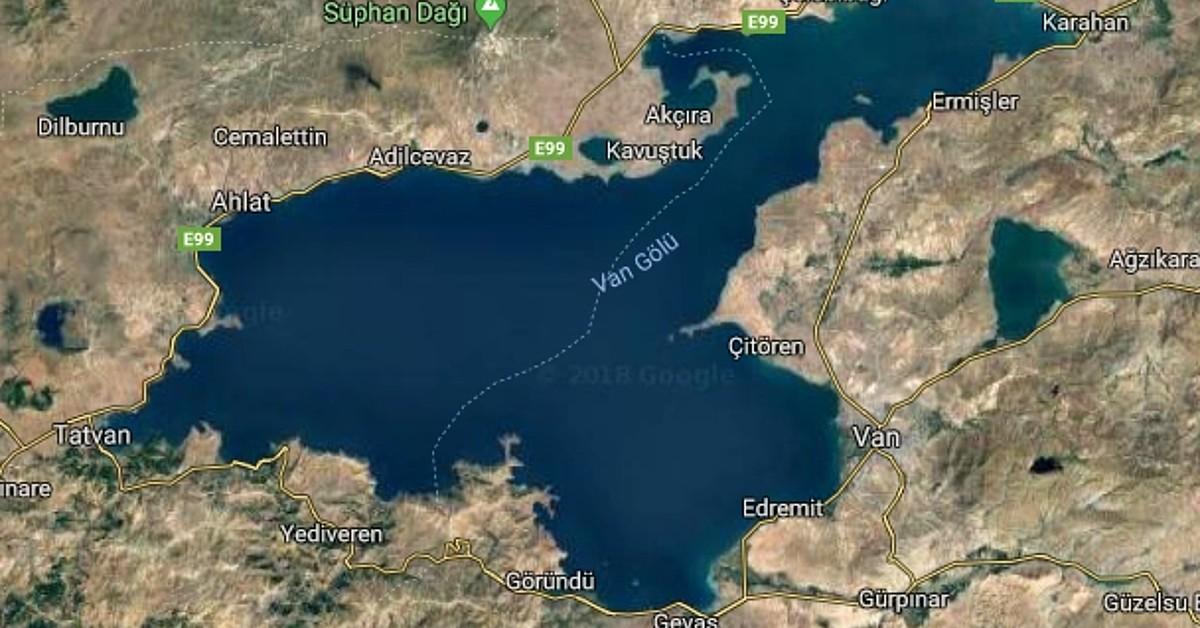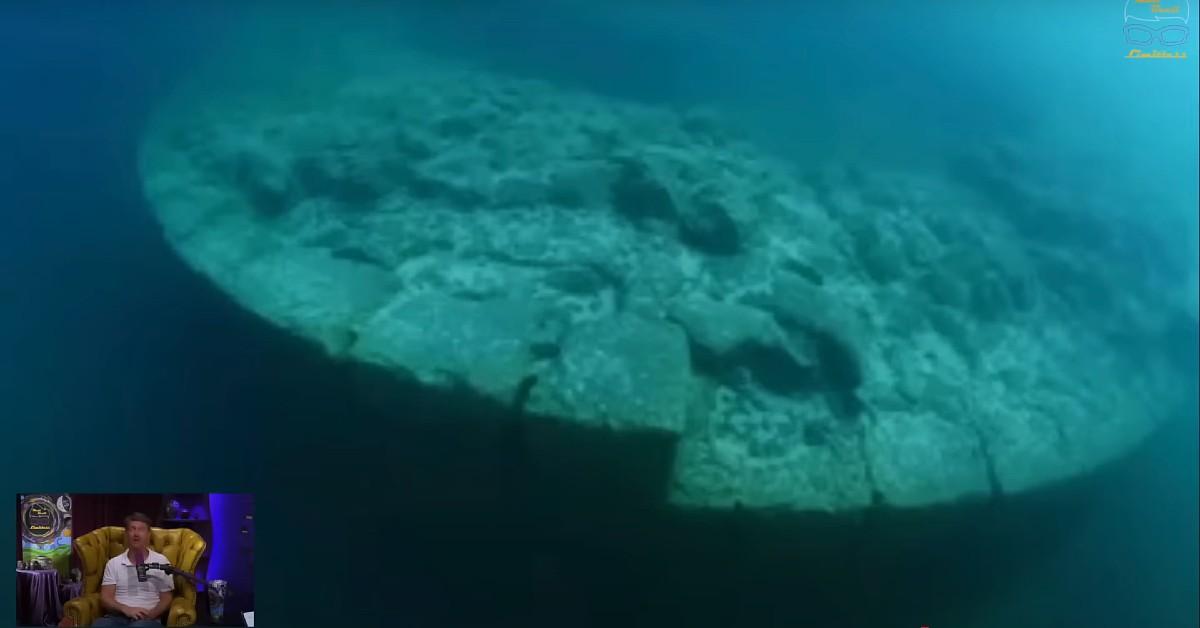Vast Underwater City Discovered Near 'Resting Place of Noah's Ark' Rewrites Bible Story

A researcher claimed the discovery of an ancient underwater city could 'rewrite' the story of Noah's Ark.
Aug. 7 2025, Published 6:35 p.m. ET
A stunning underwater discovery has caused some experts to suggest the findings could "rewrite" the story of Noah's Ark, RadarOnline.com can reveal.
Ancient city ruins were discovered beneath Lake Van in Turkey near Mount Ararat, which is largely considered the "final resting place" of the Biblical ship.
Ancient City

Geological evidence suggests the ruins are between 12,000 to 14,500 years old.
Geological evidence reportedly suggests the ruins were submerged around 12,000 to 14,500 years ago, when Mount Nemrut erupted and blocked the Mirat River, causing widespread flooding.
While many scholars have dismissed the theory, some believe the massive flooding event took out an entire population and inspired the Biblical story, which places the Great Flood around 4,000 to 4,500 years ago.
During an appearance on the Matt Beall Limitless podcast, independent researcher Matt LaCroix said: "As far as I'm aware, any civilizations in the last 6,000 years did not have the technological means to create the type of stonework we're seeing here."

A researcher plans to explore the ruins with an international dive team in September.
LaCroix plans to visit the site in September with a team of international divers to conduct research he believes could challenge humanity's timeline.
His team plans to utilize advanced imaging tools to map out the ruins. The ruins are said to rest 85 feet below the surface and span more than half a mile.
The ancient underwater city features advanced stonework, circular temples, and a capstone engraved with the "Flower of Life" symbol, which has been found at sacred sites in Peru and Bolivia.

The researcher suspected the city was submerged during an eruption event near Mount Nemrut.
LaCroix noted: "You can see that the temple has been significantly damaged.
"All the stones on the top have broken off except those at the edges. The site resembles Peruvian masonry, with precisely angled stones forming triangular joints, and only the front appears flat. It's beautiful and would have been perfectly carved."
The independent researcher added the similarities between the site's stonework and other historical sites across the globe suggest the existence of a lost civilization.
While the ruins were initially discovered by underwater filmmaker Tossen Salin in 1997, they've largely remained unknown to tourists.
Archaeologists have confirmed the existence of the ruins, with some believing the structure dates back to the Urartian period, 3,000 years ago, though experts have admitted the site has yet to be fully explored.
LaCroix said soil sample analysis and testing near Mount Nemrut showed evidence of a massive eruption taking place around 12,000 years ago, which he believes will also be supported through his work at the site.

As for the story of Noah's Ark, LaCroix argued the Biblical tale won't be dismissed but rather reframed to match historical and cultural context.
For decades, scholars have acknowledged Noah's Ark likely evolved from Mesopotamian texts.
Ancient tablets recovered from various groups describe a catastrophic flooding event in which a chosen man emerges to save civilization.



